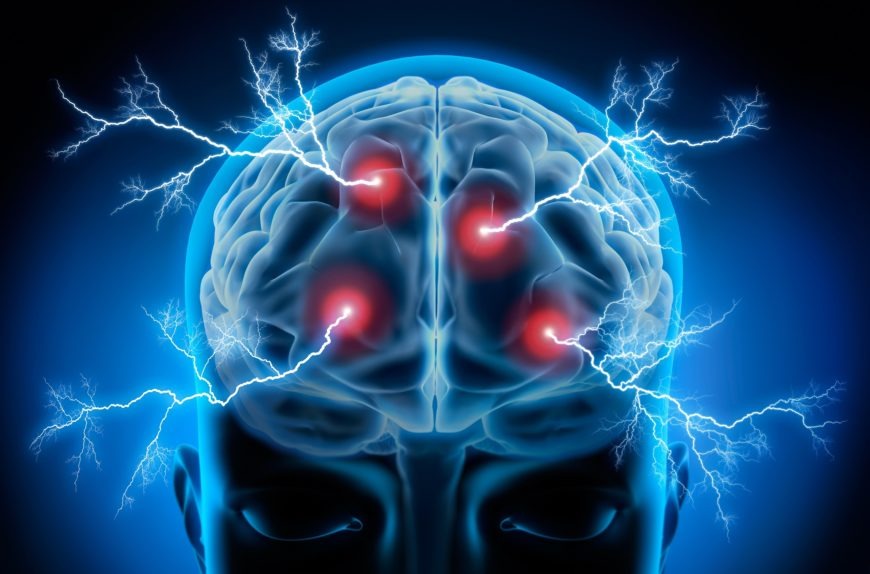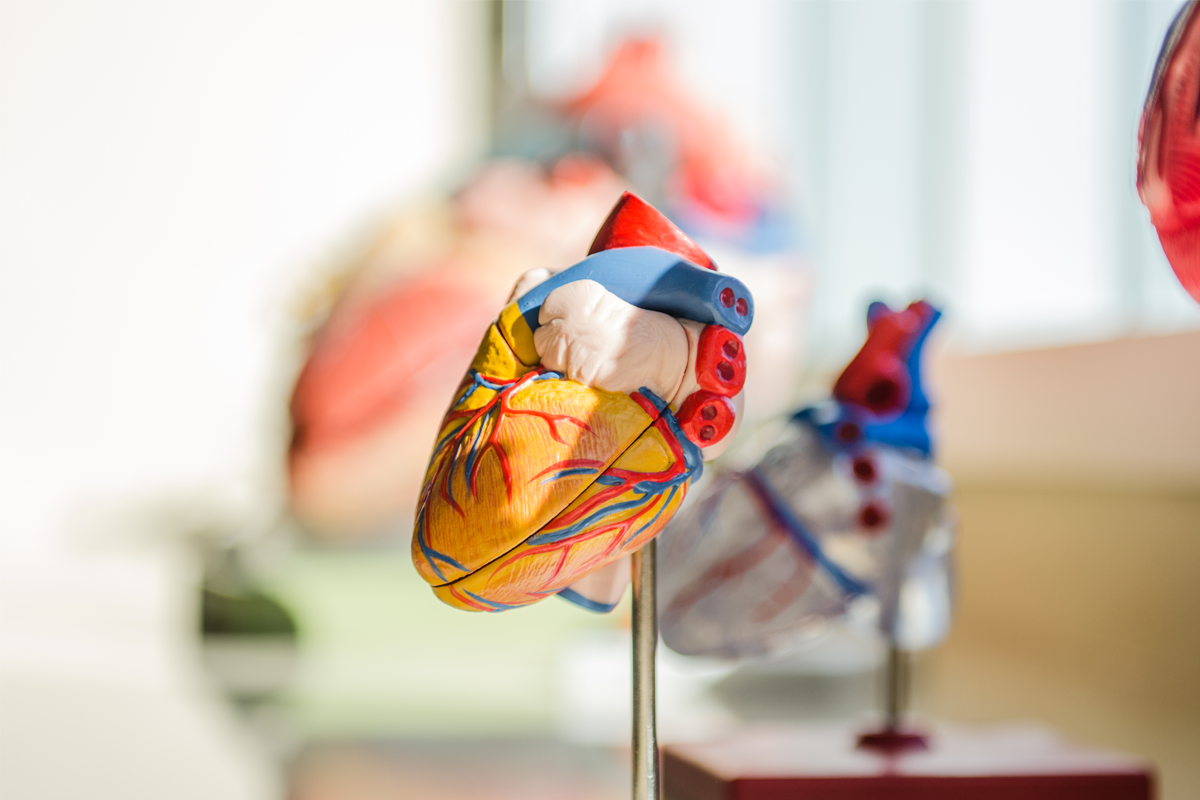NATIONAL AND INTERNATIONAL INDEXED JOURNALS
1. Nagapal K, Sharma B, Prakash S, Panagariva A. GFPT1 gene related congenital myasthenic syndrome: A
treatable disorder mimicking limb girdle muscular dystrophy. Neurol Neurol Sci Open Access. 2020; 3(1): 1012.
2. Nagpal K, Prakash S. Artificial Intelligence and Medical Ethics: Unresolved Issues. Austin J Surg – Volume 7 Issue
1 – 2020
3. Kadam Nagpal, Swayam Prakash. An unusual presentation of superficial siderosis with focal dystonia and “Giant
Panda Morphology” on MRI: atypical clinicoradiological amalgam. Neurological Sciences. 2018.
4. Jain RS, Prakash S, Nagpal K and Handa R. Paroxysmal Kinesigenic Dyskinesia: A Rare NeurologicalDisorder
Posing Diagnostic Challenge but Therapeutic Rewards. Austin J Clin Neurol 2015; 2(9): 1077.
5. R Handa, RS Jain, K Nagpal, S Prakash, I Bhana, MS Sisodiya, PK Gupta: EHMTI-0261. Idiopathic intracranial
hypertension presenting as acute onset bilateral visual loss. The Journal of Headache and Pain 09/2014; 15(Suppl
1):C21-C21. DOI:10.1186/1129-2377-15-S1-C21
6. Jain S. Rajendra, Handa Rahul, Nagpal Kadam, Prakash Swayam. Tumefactive demyelination: A rare
presentation of HIV. Annals of Tropical Medicine and Public Health — Jul-Aug 2014 — Vol 7 — Issue 4
7. Rajendra Singh Jain, Kadam Nagpal, Swayam Prakash, Rahul Handa. Ocular cysticercosis causing isolated
ptosis: A rare presentation. Annals of Tropical Medicine and Public Health, Mar-Apr 2014. Vol 7. Issue 2
8. Jain S. Rajendra, Prakash Swayam, Nagpal Kadam, Handa Rahul. Calvarial Tuberculosis: A rare localization of a
common disease. Annals of Tropical Medicine and Public Health, Mar-Apr 2014. Vol 7. Issue 2
9. Rajendra Singh Jain, Pankaj Kumar Gupta, Rahul Handa, Shankar Tejwani, Swayam Prakash, Sunil Kumar,
Rakesh Agrawal, Mahendra S. Sisodiya. Paralytic rabies or post vaccination myelitis: a diagnostic dilemma. DOI:
http://dx.doi.org/10.1016/j.ajem.2014.09.026
10. Rajendra Singh Jain, Raghavendra Bakki Sannegowda, Rahul Jain, Swayam Prakash. Reverse hot cross bun,
Mercedes-Benz, face of the giant panda and her cub signs with pontine infarcts: a radiological pandora. BMJ Case
Reports 2014; doi:10.1136/bcr-2013-203447
11. Jain RS, Prakash S, Handa R and Nagpal K. SUNCT: The Rarest Primary Headache in Indian Perspective. Austin
J Clin Case Rep. 2014;1(2): 3.
12. Rajendra Singh Jain, Kadam Nagpal, Rahul Jain, Swayam Prakash, Rahul Handa. Acute psychosis presenting as
a sole manifestation of left atrial myxoma: A new paradigm
13. Rajendra Singh Jain, Kadam Nagpal, Sunil Kumar, Swayam Prakash, Rahul Handa. Purple glove
syndromeoccurring after oral administration of phenytoin in therapeutic doses: mechanism still a dilemma
14. Rajendra Singh Jain, Rahul Handa, Arvind Vyas, Swayam Prakash, Kadam Nagpal, Indu Bhana, Mahendra S.
Sisodiya, Pankaj Kumar Gupta. Cysticercosis encephalitis: A life threatening form of
neurocysticercosis.j.ajem.2014.04.048
15. Bhawna Sharma, Rahul Handa, Swayam Prakash, Kadam Nagpal, Indu Bhana, Pankaj Kumar Gupta, Sunil
Kumar, Mahendra Singh Sisodiya. Posterior Cerebral artery stroke presenting as Alexia without Agraphia.
j.ajem.2014.04.046
16. Jain, Rajendra Singh, Rahul Handa, Kadam Nagpal, and Swayam Prakash. ”Re:” Sudden headache, third nerve
palsy and visual deficit: thinking outside the subarachnoid haemorrhage box” N Chrinn and Lambert, 42 (6): 810-
812 doi: 10.1093/ageing/aft088.” Age and Ageing 43, no. 1 (2014).
17.Jain, Rajendra S., Pankaj K. Gupta, Rahul Handa, Kadam Nagpal, Swayam Prakash, and Rakesh Agrawal.
”Vertebrobasilar Territory Ischemic Stroke After Electrical Injury: Delayed Sequelae.” Journal of Stroke and
Cerebrovascular Diseases (2014).
18. Bhawna, Sharma, Handa Rahul, Nagpal Kadam, Prakash Swayam, Pankaj Kumar Gupta, Rakesh Agrawal, and
Mahendra S. Sisodiya. ”Transient splenial diffusion-weighted image restriction mimicking stroke.” The American
journal of emergency medicine (2014).
19. Sharma, B., K. Nagpal, S. Prakash, and P. Gupta. ”Anti-GAD negative stiff person syndrome with a favorable
response to intravenous methylprednisolone: An experience over evidence.” Neurology India 62, no. 1 (2014): 76.
20. Sharma, Bhawna, Swayam Prakash, Raghavendra Bakki Sannegowda, and Ashok Panagariya. ”Scalp fibroma: a
rare cutaneous manifestation of tuberous sclerosis.” BMJ case reports 2014 (2014): bcr2013200612.
21. Jain, Rajendra Singh, Rahul Handa, Kadam Nagpal, Swayam Prakash, Pankaj Kumar Gupta, and Rakesh
Agrawal. ”Recurrent Spontaneous Spinal Epidural Haematoma leading to Compressive Myelopathy.” The
American Journal of Emergency Medicine (2014).
22. Bhawna Sharma, Rahul Handa, Swayam Prakash, Kadam Nagpal, Pankaj Gupta. Phenytoin Toxicity Presenting
as Encephalopathy With Fatal Outcome: A Case Report. J Neurol Res. 2013;3(6):184-186
23. Rajendra S Jain, Rahul Handa, Trilochan Srivastava, Swayam Prakash, Kadam Nagpal, Indu Bhana, Pankaj K
Gupta. Intramedullary Craniovertebral junction Tuberculoma: An uncommon location of a common disease.
Journal of Infection and Public Health (2014)
24. Jain, Rajendra Singh, Rahul Handa, Kadam Nagpal, and Swayam Prakash. ”Clinicoradiological improvement of
intracranial tubercular abscess with medical management alone.” BMJ case reports 2014 (2014): bcr2013203497.
25. Jain, Rajendra Singh, Rahul Handa, Swayam Prakash, Kadam Nagpal, and Pankaj Gupta. ”Acute hypokalemic
quadriparesis: an atypical neurological manifestation of dengue virus.” Journal of neurovirology (2014): 1-2.
26. Bhawna Sharma, Rahul Handa, Kadam Nagpal, Swayam Prakash, Pankaj Kumar Gupta, Rakesh Agrawal.
Cycloserine induced Psychosis in a young female with Drug Resistant Tuberculosis. j.genhosppsych.2014.03.009
27. Jain, Rajendra Singh, Rahul Handa, Arvind Vyas, Swayam Prakash, and Kadam Nagpal. ”Clinically isolated
syndrome presenting as paroxysmal dysarthria: a rare but typical presentation.” Neurological Sciences (2014): 1-2.
28. Rajendra Singh Jain, Swayam Prakash, Tarun Mathu, Rahul Handa, Kadam Nagpal. Calvarial Tuberculosis With
Intracranial Tuberculomas: A Rare Association. J Neurol Res 2013;3(3-4):130-132
29. Sharma, Bhawna, Rahul Handa, Swayam Prakash, Kadam Nagpal, and Pankaj Gupta. ”Anti-NMDA receptor
encephalitis: A neurological disease in psychiatric disguise.” Asian Journal of Psychiatry (2013).
30. Jain, Rajendra S., Swayam Prakash, B. S. Raghavendra, Kadam Nagpal, and Rahul Handa. ”Cyclic mood
disorder heralding adult-onset autosomal dominant leukodystrophy: A clinical masquerader.” Asian Journal of
Psychiatry (2013).
31. Sharma, Bhawna, Raghavendra Bakki Sannegowda, Rahul Jain, Parul Dubey, and Swayam Prakash. ”A rare
case of alcoholic pellagra encephalopathy with startle myoclonus and marked response to niacin therapy: time for
a new dictum?.” BMJ case reports (2013).
32. Sharma B, Nagpal K, Bakki Sannegowda R, Prakash S. Hepatitis E with Guillain-Barre syndrome: still a rare
association. J Neurovirol.2013 Apr;19(2):186-7. doi: 10.1007/s13365-013-0156-z. Epub 2013 Mar 8.
33. Jain, Rajendra S., Swayam Prakash, B. S. Raghavendra, Kadam Nagpal, and Rahul Handa. ”Cyclic mood
disorder heralding adult-onset autosomal dominant leukodystrophy: A clinical masquerader.” Asian Journal of
Psychiatry (2013).
34. Sharma B1, Nagpal K, Bakki Sannegowda R, Prakash S. Hepatitis E with Guillain-Barre syndrome: still a rare
association. J Neurovirol.2013 Apr;19(2):186-7. doi: 10.1007/s13365-013-0156-z. Epub 2013 Mar 8.




